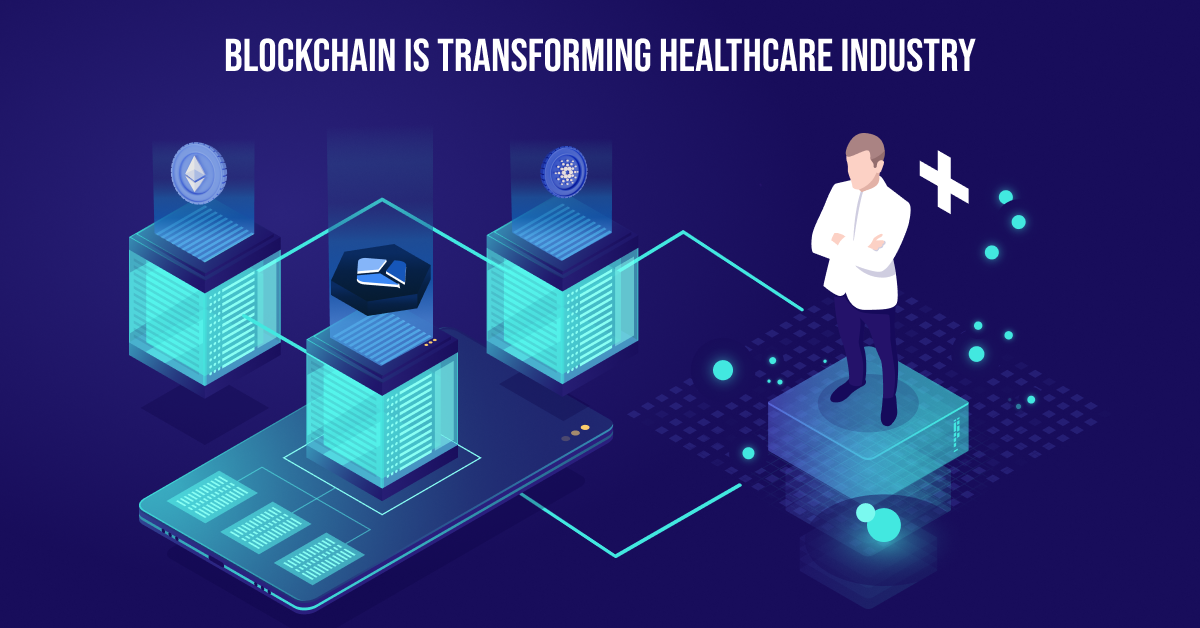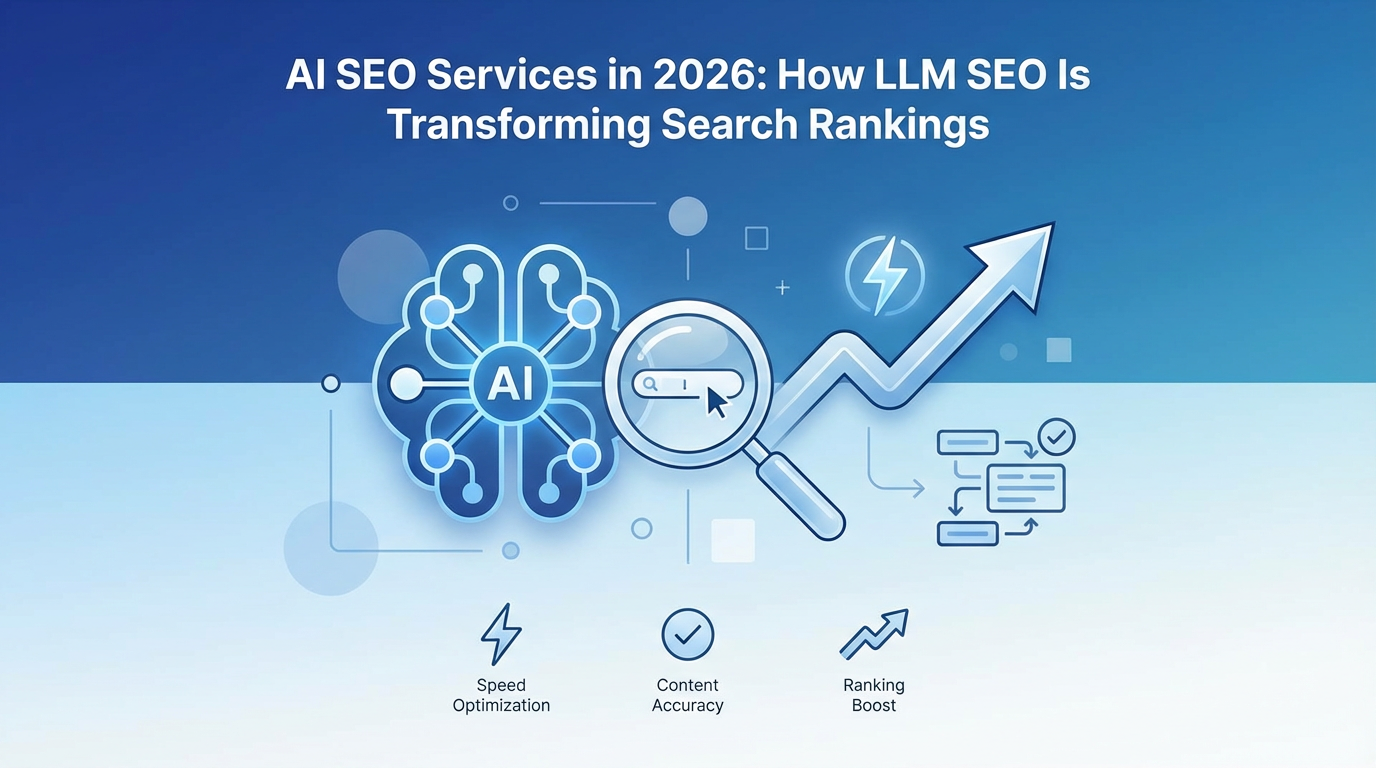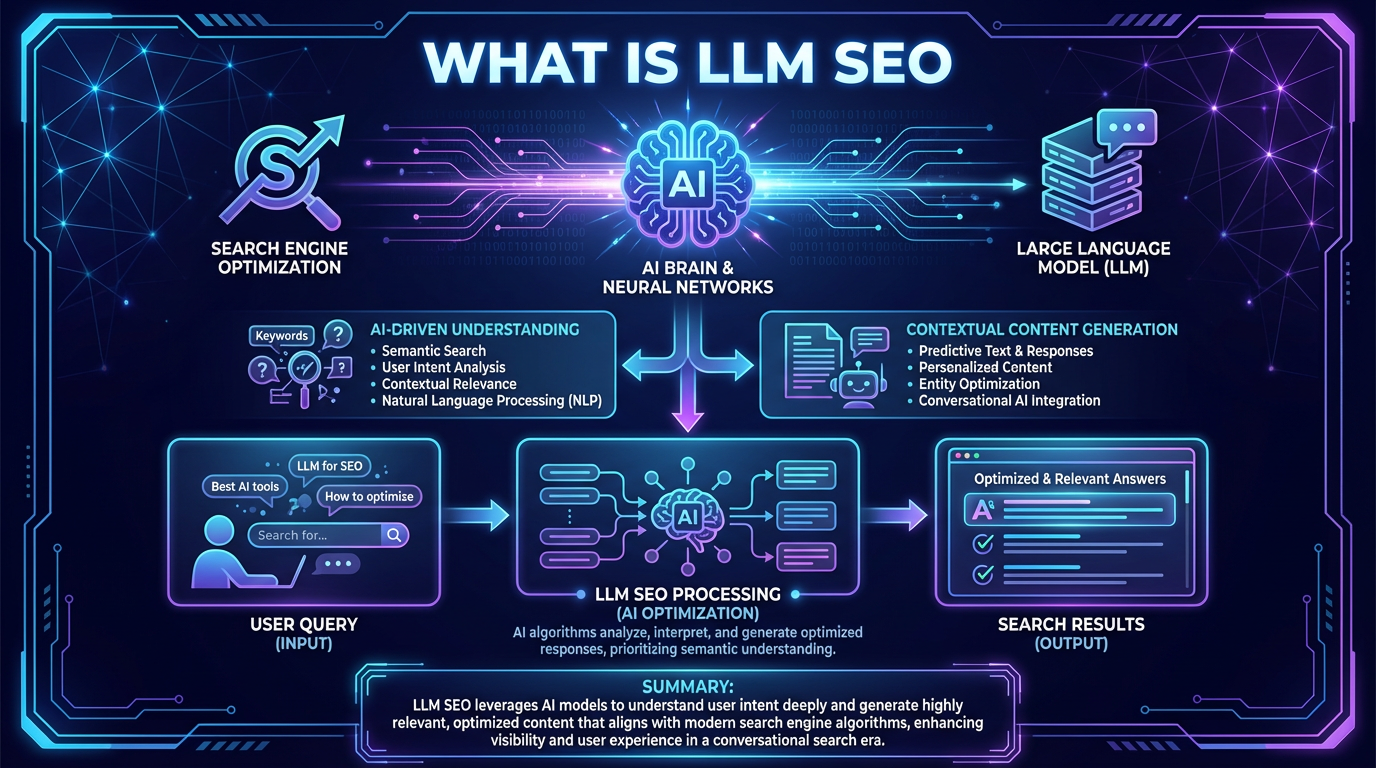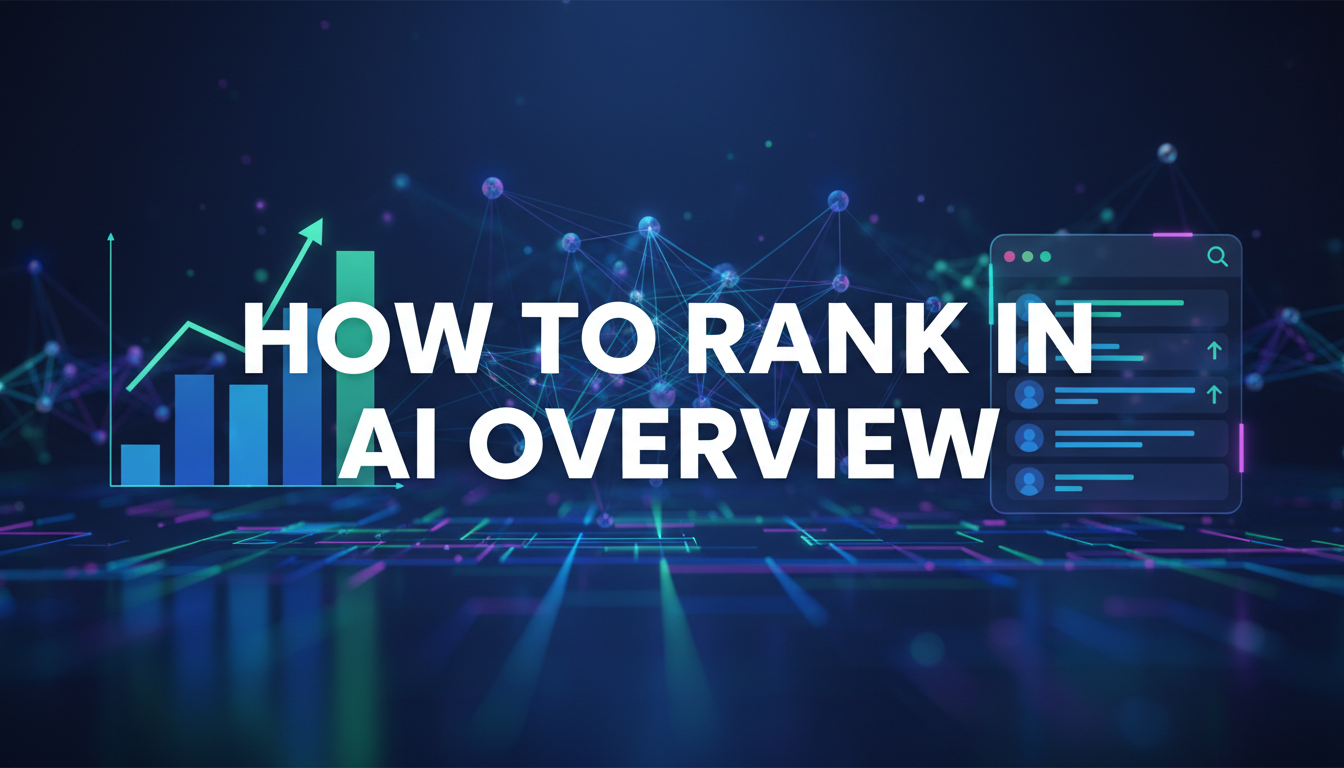
How Blockchain is Transforming the Healthcare Industry?
By deftsoft
22nd July 2022
Blockchain is an increasingly widespread technology that enables many industries to view and share data securely. However, the vast majority of people associate blockchain technology with cryptocurrencies.
However, the scope of its use has expanded greatly, and today practically every industry—including healthcare—uses this technology.
What is Blockchain?
Blockchain, a core component of the digital currency “Bitcoin,” was created in 2008. It is a distributed, decentralized “write-once, read-only” record of digital events exchanged via a peer-to-peer network, in chronological order.
Blockchain for business records database exchanges and transitions that can be distributed and shared among authorized users. What makes this technology distinct from other technologies is that users cannot add or remove records. In addition, no transaction occurs without the validation of all required users.
Blockchain in Healthcare
The present-day healthcare infrastructure is often considered inadequate for handling information exchange, requiring specific tweaks.
It has completely changed how data and healthcare can be viewed together, going beyond the “innovation trigger.”
Since the healthcare industry handles confidential medical data and requires private access to information, this technology can streamline medical records and enable secure sharing. Therefore, scalability, security, and data privacy are all provided solely by technology.
This is undoubtedly the main factor driving the growth of the global Blockchain in the healthcare market. Of course, to run a healthcare organization, you don’t need first-hand technological experience; that is where Blockchain development services can be useful. But you need to understand what this technology can do for you. So, let’s look at some significant Blockchain use cases in the healthcare sector.
Blockchain Healthcare Uses in Digital Health
A major challenge in the healthcare industry, as in many other sectors, is verifying the provenance of medical goods to confirm their legitimacy.
Using a blockchain-based system to track items from the point of manufacture through each stage of the supply chain provides customers with complete visibility and transparency into the products they purchase.
This is a major problem for the industry, especially in developing markets where counterfeit prescription medicines cause tens of thousands of deaths each year. In addition, as more remote health monitoring is implemented, it is becoming increasingly important for medical devices as well, which are expanding quickly and drawing the attention of dishonest actors.
Advantages of the Blockchain (Paired with AI):
Customer confidence: The customer’s ability to track each package’s end-to-end provenance, with integration with manufacturers, wholesalers, shipping, etc.
Compliance: Manufacturers of pharmaceuticals and medical devices face high reporting burdens to maintain patient safety. By combining supply chain data into one system, compliance can be made easier. For instance, FarmaTrust’s blockchain-based system sends automated alerts to law enforcement when it detects a problem.
Supply chain optimization: Companies use AI to more precisely forecast demand and adjust supply when all data is in one place.
— Patient-centric electronic health records:
Healthcare systems around the world struggle with data silos that provide patients and their medical professionals with an incomplete picture of their medical history.
One solution to this problem is to create a blockchain-based medical records system that can be connected with current electronic medical record software and function as an overarching, single view of a patient’s record. Every hash function is unique, and only the data owner—in this case, the patient—can decrypt it with their consent.
In this scenario, each time a patient record is modified or a patient agrees to disclose a portion of their medical information, a transaction is recorded on the blockchain. A leading example of a business collaborating with healthcare providers to implement blockchain-enabled EMRs is Medicalchain.
— Medical staff credential verification:
Blockchain technology is also used to track the experience of medical professionals, much as it tracks the provenance of medical goods. Reputable healthcare organizations and institutions can log their staff’s credentials, streamlining the hiring process. ProCredEx, a US-based company, developed such a system for verifying medical credentials using the R3 Corda protocol.
The blockchain system’s main advantages are:
— Quicker credentialing during the recruiting process for healthcare organizations
— A chance for medical facilities, insurers, and healthcare providers to monetize their current credentials data on past and current employees
— Transparency and assurance for partners, such as companies using locum tenens as a subcontractor or new virtual health delivery models that let patients know about the qualifications of the medical personnel
— IoT security for remote monitoring:
One of the biggest trends in digital health is the use of remote monitoring solutions, which leverage sensors to record patients’ vital signs and provide healthcare practitioners with greater visibility into patients’ health, enabling more proactive and preventive care.
Security, however, is a significant problem in health IoT, both in ensuring that the patient’s data is private and secure and in preventing alterations that could yield incorrect results. In some cases, when a connected device may be needed in an emergency—for example, alerting an older person’s care provider that they have had a heart attack or fallen—it is also crucial that the supporting systems be highly resilient to DDoS or other attacks that disrupt service.
How Blockchain Technology Could Help Secure IoT Devices Used for Remote Monitoring?
Blockchain cryptography protects personal data stored on the blockchain using a cryptographic hash function, so only authorized parties can access it.
Once patient data is stored as a hash on the blockchain ledger, it becomes nearly impossible to alter, as doing so would require access to all previously stored copies.
The decentralized nature of this technology enables IoT devices to communicate directly with one another, making man-in-the-middle and DDoS attacks more difficult because most IoT connections now pass through a central server.
How Deftsoft Can Help You?
If you’re looking for blockchain solutions in the digital health industry, you can contact Deftsoft for the best results. Our team of Blockchain experts can help you create customized solutions as per your project requirements. Contact our team to discuss your project.




